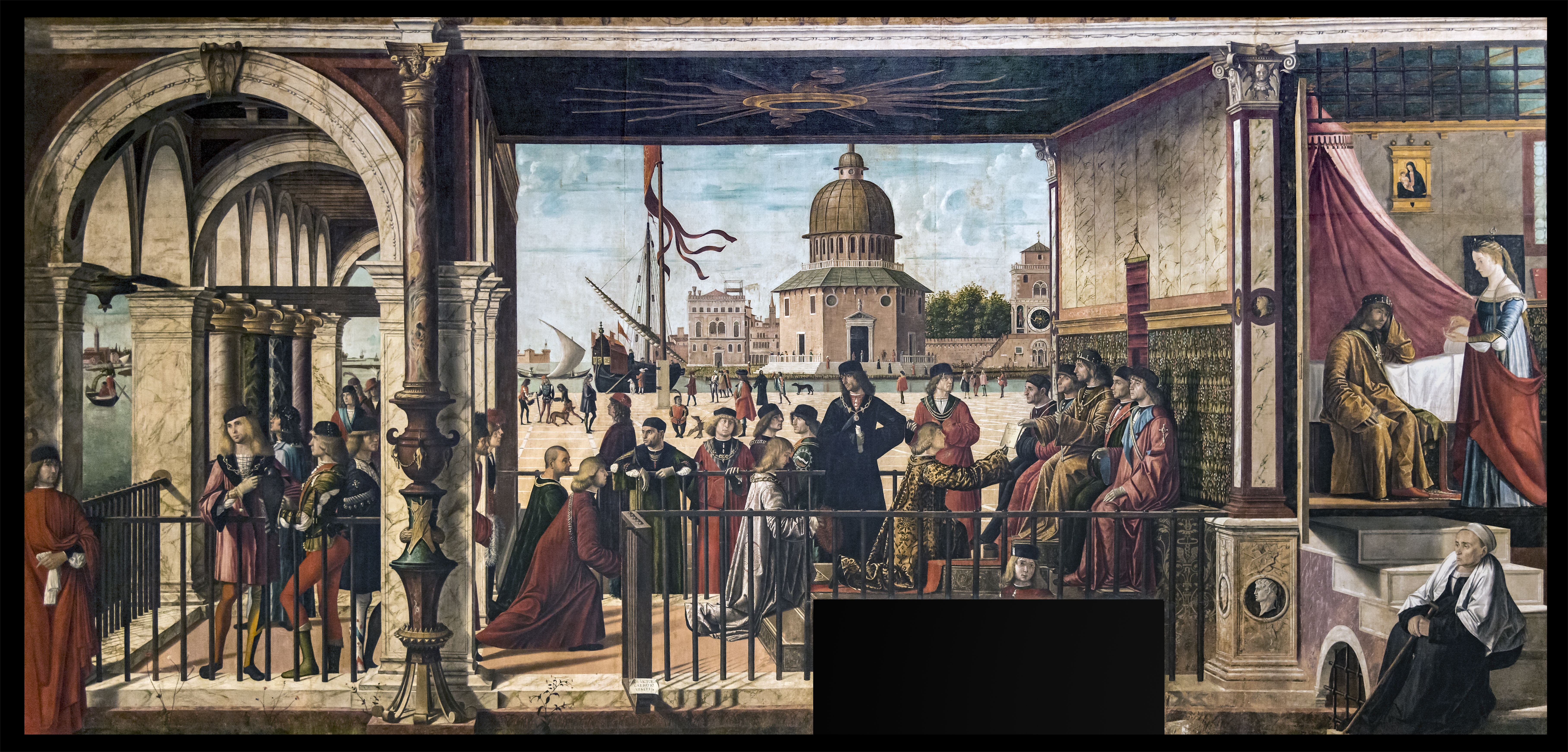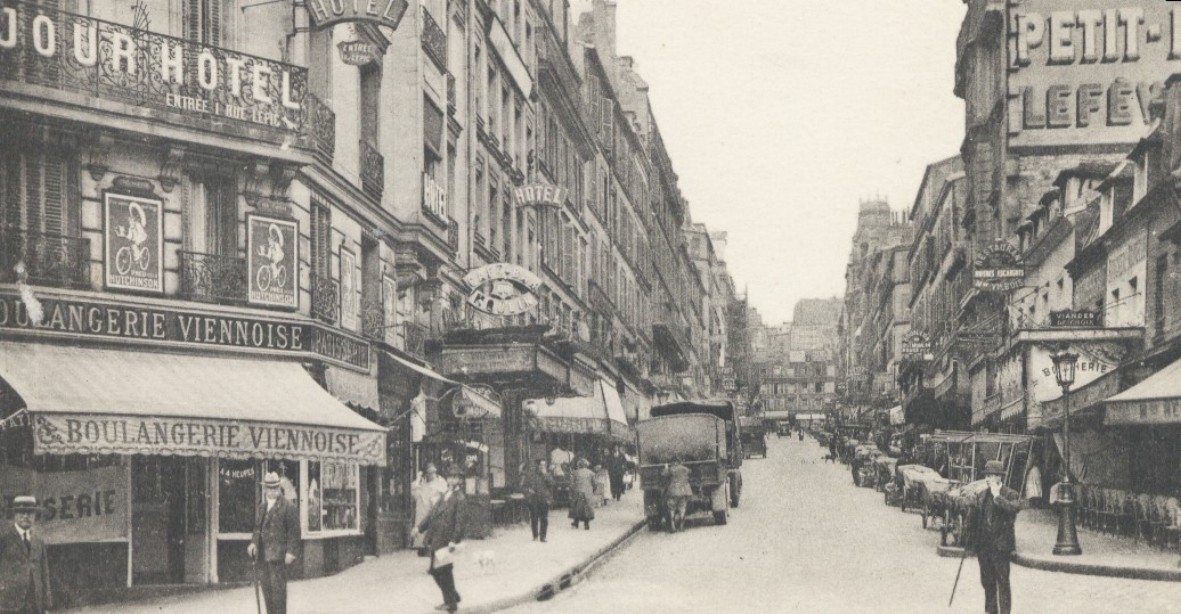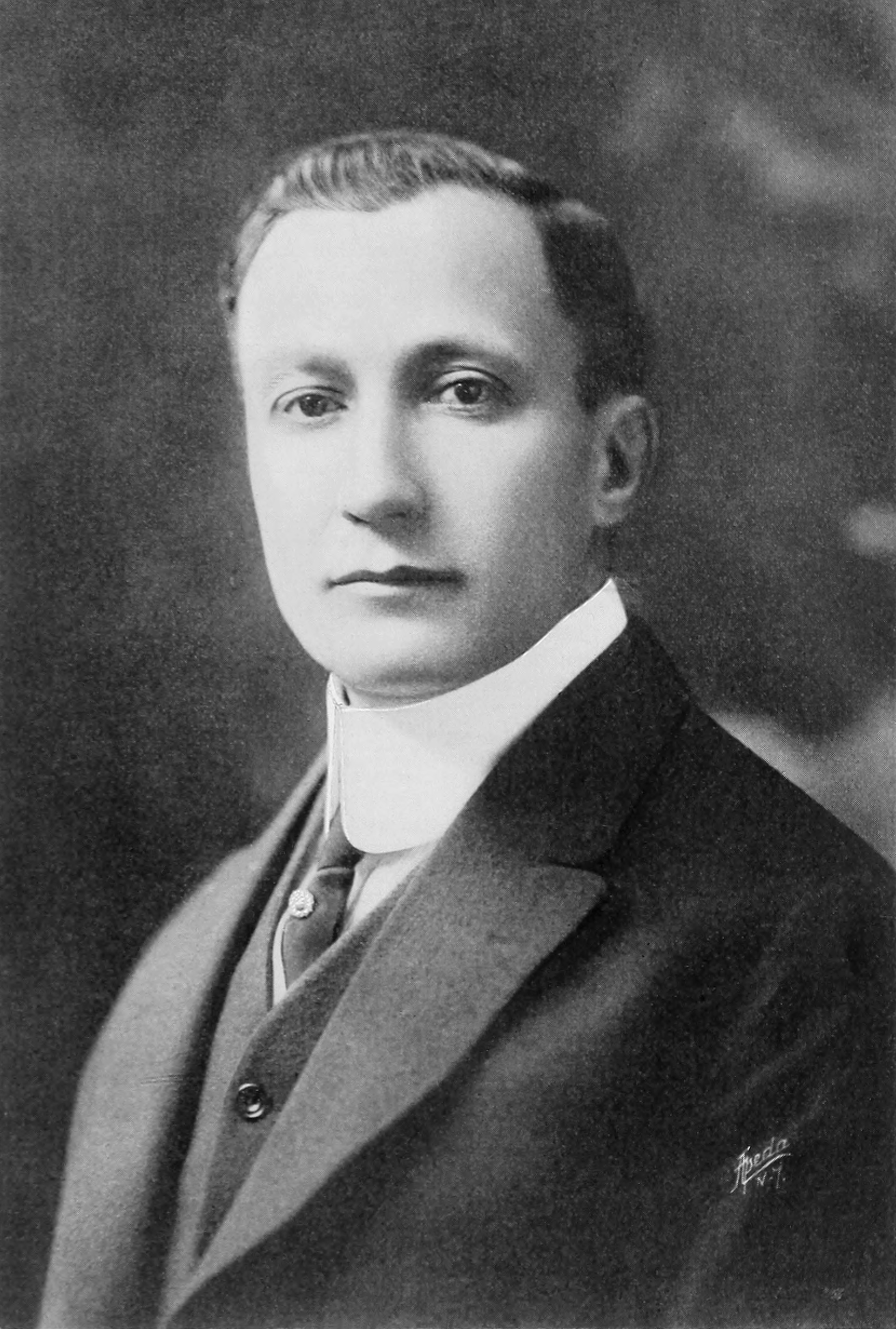|
Gyula Bornemisza
Baron Gyula Bornemisza de Kászon et Impérfalva (''Bornemissza''; 16 December 1873 – 30 December 1925) was a Hungarian aristocrat and diplomat. Life and career Gyula Bornemisza was born into an old Transylvanian noble family of Székelys, Székely origin, as one of the six children of royal and imperial chamberlain Baron Tivadar Bornemisza (1843–1902) and Baroness Róza Jósika. Gyula and one of his brothers, János studied at the Jesuit school of Stella Matutina (Jesuit school), Stella Matutina in Feldkirch, Vorarlberg, Feldkirch, then the Kalksburg College in Vienna.Rébay, Magdolna: "Erdélyi főrangú családok gyermekei a kalksburgi jezsuita kollégiumban és a bécsi Theresianum gimnáziumában (1867–1918)". In. Rébay, Magdolna (ed.): ''"Szelíd, de szigorú és egyben nagyon igazságos bánásmódban...": Arisztokraták nevelése-oktatása Magyarországon a XIX–XX. században''. Belvedere, Meridionale, 2017. p. 119. In 1919 he was part of the counter-revolutionar ... [...More Info...] [...Related Items...] OR: [Wikipedia] [Google] [Baidu] |
Baron
Baron is a rank of nobility or title of honour, often Hereditary title, hereditary, in various European countries, either current or historical. The female equivalent is baroness. Typically, the title denotes an aristocrat who ranks higher than a lord or knight, but lower than a viscount or count. Often, barons hold their fief – their lands and income – directly from the monarch. Barons are less often the vassals of other nobles. In many kingdoms, they were entitled to wear a smaller form of a crown called a ''coronet''. The term originates from the Late Latin, Latin term , via Old French. The use of the title ''baron'' came to England via the Norman Conquest of 1066, then the Normans brought the title to Scotland and Southern Italy. It later spread to Scandinavian and Slavic lands. Etymology The word '':wikt:baron, baron'' comes from the Old French , from a Late Latin "man; servant, soldier, mercenary" (so used in Salic law; Alemannic law has in the same sense). The sc ... [...More Info...] [...Related Items...] OR: [Wikipedia] [Google] [Baidu] |
Vienna
Vienna ( ; ; ) is the capital city, capital, List of largest cities in Austria, most populous city, and one of Federal states of Austria, nine federal states of Austria. It is Austria's primate city, with just over two million inhabitants. Its larger metropolitan area has a population of nearly 2.9 million, representing nearly one-third of the country's population. Vienna is the Culture of Austria, cultural, Economy of Austria, economic, and Politics of Austria, political center of the country, the List of cities in the European Union by population within city limits, fifth-largest city by population in the European Union, and the most-populous of the List of cities and towns on the river Danube, cities on the river Danube. The city lies on the eastern edge of the Vienna Woods (''Wienerwald''), the northeasternmost foothills of the Alps, that separate Vienna from the more western parts of Austria, at the transition to the Pannonian Basin. It sits on the Danube, and is ... [...More Info...] [...Related Items...] OR: [Wikipedia] [Google] [Baidu] |
Ambassadors Of Hungary To Switzerland
An ambassador is an official envoy, especially a high-ranking diplomat who represents a state and is usually accredited to another sovereign state or to an international organization as the resident representative of their own government or sovereign or appointed for a special and often temporary diplomatic assignment. The word is also used informally for people who are known, without national appointment, to represent certain professions, activities, and fields of endeavor, such as sales. An ambassador is the ranking government representative stationed in a foreign capital or country. The host country typically allows the ambassador control of specific territory called an embassy (which may include an official residence and an office, chancery, located together or separately, generally in the host nation's capital), whose territory, staff, and vehicles are generally afforded diplomatic immunity in the host country. Under the Vienna Convention on Diplomatic Relations, an ambass ... [...More Info...] [...Related Items...] OR: [Wikipedia] [Google] [Baidu] |
Hungarian Nobility In Transylvania
Hungarian may refer to: * Hungary, a country in Central Europe * Kingdom of Hungary, state of Hungary, existing between 1000 and 1946 * Hungarians/Magyars, ethnic groups in Hungary * Hungarian algorithm, a polynomial time algorithm for solving the assignment problem * Hungarian language, a Uralic language spoken in Hungary and all neighbouring countries * Hungarian notation, a naming convention in computer programming * Hungarian cuisine Hungarian or Magyar cuisine (Hungarian language, Hungarian: ''Magyar konyha'') is the cuisine characteristic of the nation of Hungary, and its primary ethnic group, the Hungarians, Magyars. Hungarian cuisine has been described as being the P ..., the cuisine of Hungary and the Hungarians See also * * {{disambiguation Language and nationality disambiguation pages ... [...More Info...] [...Related Items...] OR: [Wikipedia] [Google] [Baidu] |
Politicians From Cluj-Napoca
A politician is a person who participates in policy-making processes, usually holding an elective position in government. Politicians represent the people, make decisions, and influence the formulation of public policy. The roles or duties that politicians must perform vary depending on the level of government they serve, whether local, national, or international. The ideological orientation that politicians adopt often stems from their previous experience, education, beliefs, the political parties they belong to, or public opinion. Politicians sometimes face many challenges and mistakes that may affect their credibility and ability to persuade. These mistakes include political corruption resulting from their misuse and exploitation of power to achieve their interests, which requires them to prioritize the public interest and develop long-term strategies. Challenges include how to keep up with the development of social media and confronting biased media, in addition to discrimi ... [...More Info...] [...Related Items...] OR: [Wikipedia] [Google] [Baidu] |
1925 Deaths
Events January * January 1 – The Syrian Federation is officially dissolved, the State of Aleppo and the State of Damascus having been replaced by the State of Syria (1925–1930), State of Syria. * January 3 – Benito Mussolini makes a pivotal speech in the Italian Chamber of Deputies (Italy), Chamber of Deputies which will be regarded by historians as the beginning of his dictatorship. * January 5 – Nellie Tayloe Ross becomes the first female governor (Wyoming) in the United States. Twelve days later, Ma Ferguson becomes first female governor of Texas. * January 25 – Hjalmar Branting resigns as Prime Minister of Sweden because of ill health, and is replaced by the minister of trade, Rickard Sandler. * January 27–February 1 – The 1925 serum run to Nome (the "Great Race of Mercy") relays diphtheria antitoxin by dog sled across the U.S. Territory of Alaska to combat an epidemic. February * February 25 – Art Gillham records (for Columbia Re ... [...More Info...] [...Related Items...] OR: [Wikipedia] [Google] [Baidu] |
1873 Births
Events January * January 1 ** Japan adopts the Gregorian calendar. ** The California Penal Code goes into effect. * January 17 – American Indian Wars: Modoc War: First Battle of the Stronghold – Modoc Indians defeat the United States Army. February * February 11 – The Spanish Cortes deposes King Amadeus I, and proclaims the First Spanish Republic. * February 12 ** Emilio Castelar, the former foreign minister, becomes prime minister of the new Spanish Republic. ** The Coinage Act of 1873 in the United States is signed into law by President Ulysses S. Grant. Coming into effect on April 1, it ends bimetallism in the U.S., and places the country on the gold standard. * February 20 ** The University of California opens its first medical school in San Francisco. ** British naval officer John Moresby discovers the site of Port Moresby in Papua New Guinea, and claims the land for Britain. March * March 3 – Censorship: The United States Congress e ... [...More Info...] [...Related Items...] OR: [Wikipedia] [Google] [Baidu] |
Switzerland
Switzerland, officially the Swiss Confederation, is a landlocked country located in west-central Europe. It is bordered by Italy to the south, France to the west, Germany to the north, and Austria and Liechtenstein to the east. Switzerland is geographically divided among the Swiss Plateau, the Swiss Alps, Alps and the Jura Mountains, Jura; the Alps occupy the greater part of the territory, whereas most of the country's Demographics of Switzerland, 9 million people are concentrated on the plateau, which hosts List of cities in Switzerland, its largest cities and economic centres, including Zurich, Geneva, and Lausanne. Switzerland is a federal republic composed of Cantons of Switzerland, 26 cantons, with federal authorities based in Bern. It has four main linguistic and cultural regions: German, French, Italian and Romansh language, Romansh. Although most Swiss are German-speaking, national identity is fairly cohesive, being rooted in a common historical background, shared ... [...More Info...] [...Related Items...] OR: [Wikipedia] [Google] [Baidu] |
House Of Habsburg-Lorraine
The House of Habsburg-Lorraine () originated from the marriage in 1736 of Francis I, Holy Roman Emperor, Francis III, Duke of Lorraine and Bar, and Maria Theresa of Habsburg monarchy, Austria, later successively List of Bohemian monarchs, Queen of Bohemia, Queen of Hungary, Queen of Germany, List of rulers of Croatia, Queen of Croatia and Archduchess of Austria, etc. etc. Its members form the legitimate surviving line of both the House of Habsburg and the House of Lorraine, and they inherited their patrimonial possessions from the matrilineality, female line of the House of Habsburg and from the patrilineality, male line of the House of Lorraine. The House of Lorraine's branch of Count of Vaudémont, Vaudémont and House of Guise, Guise became the main branch after a brief interlude in 1453–1473, when the duchy passed in right of Charles I, Duke of Bourbon, Charles de Bourbon's daughter to her husband, John II, Duke of Lorraine, John of Calabria, a Capetian dynasty, Capetian. L ... [...More Info...] [...Related Items...] OR: [Wikipedia] [Google] [Baidu] |
Revolutions And Interventions In Hungary (1918–1920)
There was a period of revolutions and interventions in Hungary between 1918 and 1920. The First Hungarian Republic was founded from the ruins of the Austro-Hungarian Empire by Mihály Károlyi during the Aster Revolution in 1918, at the end of World War I. In March 1919, the republic was overturned by another revolution, and the Hungarian Soviet Republic was created. Unresolved conflicts led to wars between Hungary and its neighbor states (Kingdom of Romania,David ParkerRevolutions and the revolutionary tradition in the West, 1560-1991 Routledge, 2000, p. 170. Kingdom of Serbs, Croats and Slovenes and the evolving Czechoslovakia) in 1919. The Hungarian Soviet Republic ceased to exist after the Romanian occupation. The 1920 Treaty of Trianon in Versailles created the Kingdom of Hungary. Background The dissolution of Austria-Hungary after its defeat in WWI created the volatile and politically unstable atmosphere in Central Europe. The armistice of Belgrade signed on 1 ... [...More Info...] [...Related Items...] OR: [Wikipedia] [Google] [Baidu] |
Mezőhegyes
Mezőhegyes is a town in Békés county, in the Southern Great Plain region of south-east Hungary. It is home to the Hungarian State Stud (), founded in 1784 and famous for its Nonius, Furioso-North Star and Gidran breeds of horse. Geography It covers an area of 155.5 km2 and has a population of 6355 people (2007). History The Austrian Imperial and Hungarian Royal Apostolic Stud was founded in late 1784 in Mezőhegyes by Emperor Joseph II. As a result, the name of Mezőhegyes became interwoven with the concept of horses. It was here that the Nonius, later on the Gidan, the Furioso and the North Star types of horses and the Mezőhegyes English full blood were bred. The Mezőhegyes English full blood was one of the best horse breeds in Europe. The roofed riding hall designed by János Hild, which is still in use today, is the oldest roofed riding hall in the country. Riding lessons for both experienced riders and beginners are offered to visitors here. The most significa ... [...More Info...] [...Related Items...] OR: [Wikipedia] [Google] [Baidu] |
Hungarian Soviet Republic
The Hungarian Soviet Republic, also known as the Socialist Federative Soviet Republic of Hungary was a short-lived communist state that existed from 21 March 1919 to 1 August 1919 (133 days), succeeding the First Hungarian Republic. The Hungarian Soviet Republic was a small communist rump state which, at its time of establishment, controlled approximately only 23% of Hungary's historic territory. The head of government was Sándor Garbai, but the influence of the foreign minister Béla Kun of the Party of Communists in Hungary was much stronger. Unable to reach an agreement with the Triple Entente, which maintained an economic blockade of Hungary, in dispute with neighboring countries over territorial disputes, and beset by profound internal social changes, the Hungarian Soviet Republic failed in its objectives and was abolished a few months after its existence. Its main figure was the Communist Béla Kun, despite the fact that in the first days the majority of the new govern ... [...More Info...] [...Related Items...] OR: [Wikipedia] [Google] [Baidu] |





